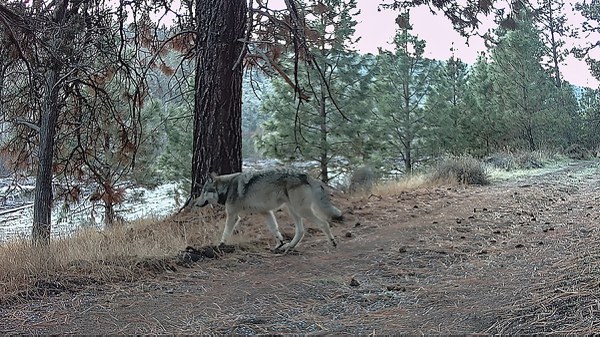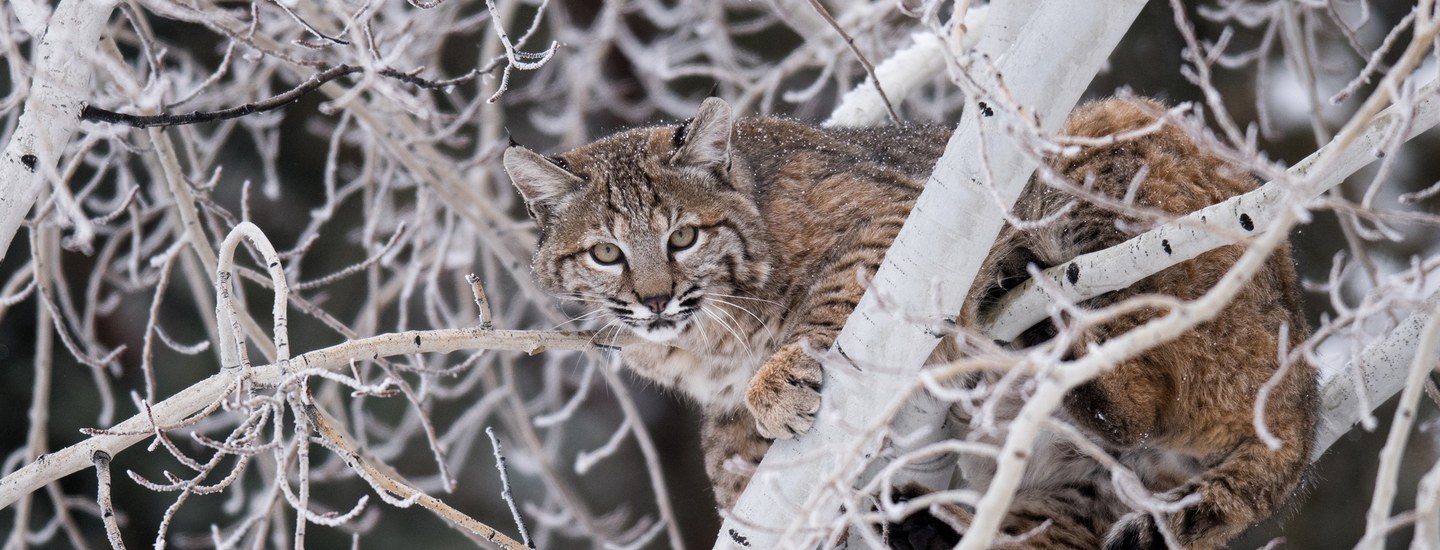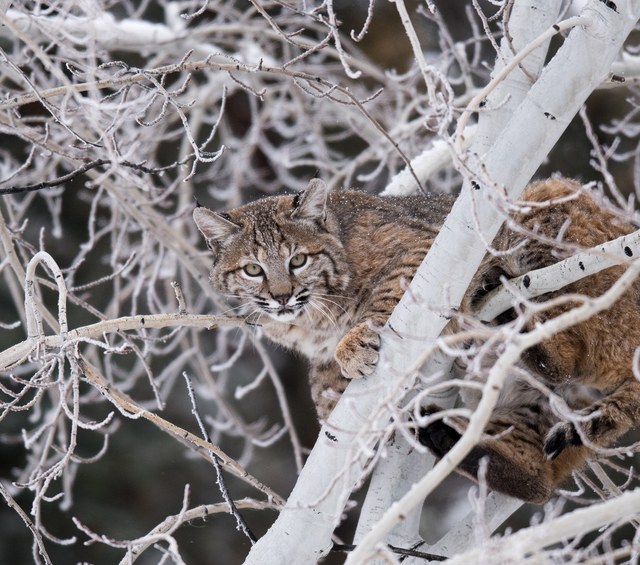Predators. The word alone can bring to mind eyes watching from the shadows, and something big and scary just waiting to pounce on the unsuspecting! But there is so much more to these creatures than hair-raising scares.
What is a Carnivore?
Most of the animals we call predators are from the family Carnivora. These are mammals, such as wolves, bears, foxes, and big cats, that are carnivores and need to eat meat. Other carnivores include birds such as raptors and corvids (like ravens and crows), many kinds of fish and insects, most amphibians and reptiles—and even some plants! A carnivore is any creature that eats animals. The word carnivore comes to us from Latin and literally means “flesh” (carnis) “devourer” (vorare).
Carnivores are important to their environment
Carnivores are at the top of the food chain in their environments. This means that by predating, or eating, other animals, they help keep numbers of prey animals within levels that the land can support. Too many herbivorous, or plant-eating animals, can lead to a decline in important plant species and can have long-term effects on things like the variety of plants and other animals in an area, water retention, soil quality, and erosion.
Removing larger predatory animals from an environment may also lead to an increase in smaller predators, which are more likely to come into contact with humans or the animals in our care, and so can spread disease more easily. A healthy balance of carnivores and herbivores helps maintain the health of the entire system they live within.

Carnivores and humans have a long history
While we may sometimes think of carnivores as scary, humans have lived alongside these animals for much of our history! You may even have a carnivore living in your house. Both domestic dogs and cats are carnivores, and their wild cousins continue to be the top predators in their native environments. Cats are obligate carnivores, which means they are obligated to eat meat—they don’t have the ability to gain the nutrients they need from plant material. Dogs and their relatives—as well as bears, racoons, and humans!—are technically omnivores that both hunt prey and eat meat, but also can gain some of the nutrition they need from plants. Ancient humans domesticated wild cat and dog species multiple times throughout our species’ history to work alongside us, keeping food free of pests and protecting flocks. Humans have also long made use of the extra soft furs of predatory animals for clothing and blankets.
Predator awareness and safety
There are many different kinds of predators in Central Oregon, including birds of prey, reptiles, insects, and small mammals like raccoons and muskrats! We also have some big predators in our area, like mountain lions, bears, and wolves. Following a few simple guidelines can help keep us safe while we’re out exploring in Central Oregon:
- Go in pairs or groups. If you’re going out alone, let someone know where you’re headed and what time to expect you back.
- Make noise as you walk by talking with your hiking buddy or singing a tune. A frightened animal can be a dangerous animal, so don’t sneak up on them!
- If you come upon an animal, make yourself big, loud, and most important, do not run! Back away slowly. A running creature looks like prey to a predator, and their hunting instinct may kick in if you run away.
- As always, keep dogs on-leash, and stick to approved trails.
It’s true that any animal can be dangerous and seem scary when their space and boundaries are not respected, but we don’t need to fear what might be lurking around the corner! When we bring a little knowledge, common sense, and respect for the natural world on our adventures, we can be good neighbors to all of the wildlife we share space with.
Learn More:
- Join us on Wednesday, January 29th for Nature Night: Wolves in Central Oregon
- The Nature of Central Oregon: Black Bears
- Cougars, Pumas, Mountain Lions—Oh My!
- Weasels: Central Oregon's Tiniest Winter Warriors
- Owls of Central Oregon
Sources:
- Carnivore: Diet, Adaptations & Classification, Britannica
- Predators, Science Trek
- Animals-Large Predator Fact Sheet, University of Maryland


